How Many Catalytic Converters Does a Ford E-350 Have?
The Ford E-350 is a popular van, often used for commercial purposes. One important component in its exhaust system is the catalytic converter, which helps reduce harmful emissions. If you’re wondering how many catalytic converters this vehicle has, it’s essential to understand its engine and model type.
The Ford E-350 typically has two catalytic converters. One is located on each side of the exhaust system, helping to reduce harmful emissions from the engine. The number may vary depending on the model year and engine type.
In this article we will discuss “How Many Catalytic Converters Does a Ford E-350 Have?”
Table of Contents
What is a catalytic converter?
A catalytic converter is a part of a vehicle’s exhaust system that helps reduce harmful gases like carbon monoxide and nitrogen oxide. It changes these gases into less harmful substances before they are released into the air.
Importance of catalytic converters in vehicles.
Catalytic converters are important because they help reduce pollution by changing harmful gases from the engine into safer substances. This helps protect the environment and ensures vehicles meet legal emission standards for cleaner air and better health.
Brief overview of the Ford E-350.
The Ford E-350 is a full-size van known for its reliability and large cargo space. It is commonly used for commercial purposes, offering strong engine options and a durable design. The E-350 is ideal for transporting goods or passengers.
Understanding Catalytic Converters
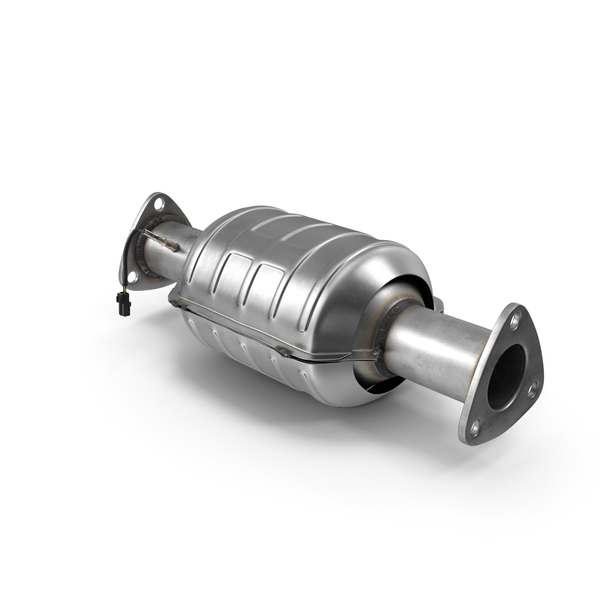
What does a catalytic converter do?
A catalytic converter helps reduce harmful emissions from a vehicle’s engine. It changes dangerous gases, like carbon monoxide, into less harmful substances such as carbon dioxide and water, helping to protect the environment and improve air quality.
Also read: Ford Escape Clicking Noise When Off : Complete Guide 2024 !
Materials used in catalytic converters.
Catalytic converters are made using precious metals like platinum, palladium, and rhodium. These materials help convert harmful gases into safer substances. The converter also uses a ceramic or metal structure to support the catalyst and allow gas to flow through.
Role in reducing emissions.
The catalytic converter plays a key role in reducing emissions by changing harmful gases from the engine, like carbon monoxide and nitrogen oxides, into less harmful substances such as carbondioxide and water, thereby in lowering pollutants and enhancing air quality.
Overview of the Ford E-350
Key features of the Ford E-350.
The Ford E-350 is known for its strong engine options, large cargo space, and durability. It offers comfortable seating, high towing capacity, and is designed for both passenger and commercial use. It’s reliable for heavy-duty tasks and long trips.
Common uses for this vehicle.
The Ford E-350 is commonly used for commercial purposes, such as transporting goods, tools, or equipment. It’s also used by delivery services, moving companies, and as a passenger van for larger groups. Its large cargo space makes it versatile for various tasks.
Emissions standards compliance.
Emissions standards compliance means a vehicle meets government rules on how much pollution it can produce. The Ford E-350, like other modern vehicles, is built to follow these standards, which helps reduce harmful gases and protect air quality.
Catalytic Converters in the Ford E-350
How many catalytic converters are typically in the E-350?
The Ford E-350 typically has two catalytic converters. One is located on each side of the engine’s exhaust system. The number of converters can vary depending on the model year and engine type, but two is common for most E-350 models.
Variations based on engine type (gasoline vs. diesel).
The number of catalytic converters in the Ford E-350 can vary based on engine type. Gasoline engines usually have two converters, one for each exhaust side. Diesel engines may have more complex systems, often including additional converters to meet stricter emissions standards.
Differences between older and newer models.
Older Ford E-350 models have simpler engine and exhaust systems, while newer models include more advanced technology for better fuel efficiency and lower emissions. Newer versions also meet stricter emissions standards, often featuring more catalytic converters and improved safety features.
Gasoline-Powered Ford E-350
Number of catalytic converters in a gas engine E-350.
The Ford E-350 with a gas engine typically has two catalytic converters. These are part of the exhaust system, helping to reduce harmful emissions. The exact number may vary slightly depending on the model year and specific engine configuration.
Placement of the converters in the exhaust system.
The catalytic converters in the Ford E-350’s exhaust system are usually located between the engine and the muffler. They are installed along the exhaust pipes to filter harmful gases before they exit through the vehicle’s tailpipe.
Common issues with these catalytic converters.
Common issues with catalytic converters in the Ford E-350 include clogging from carbon buildup, overheating due to engine problems, or damage caused by road debris. These problems can reduce performance, increase emissions, and trigger the check engine light.
Diesel-Powered Ford E-350
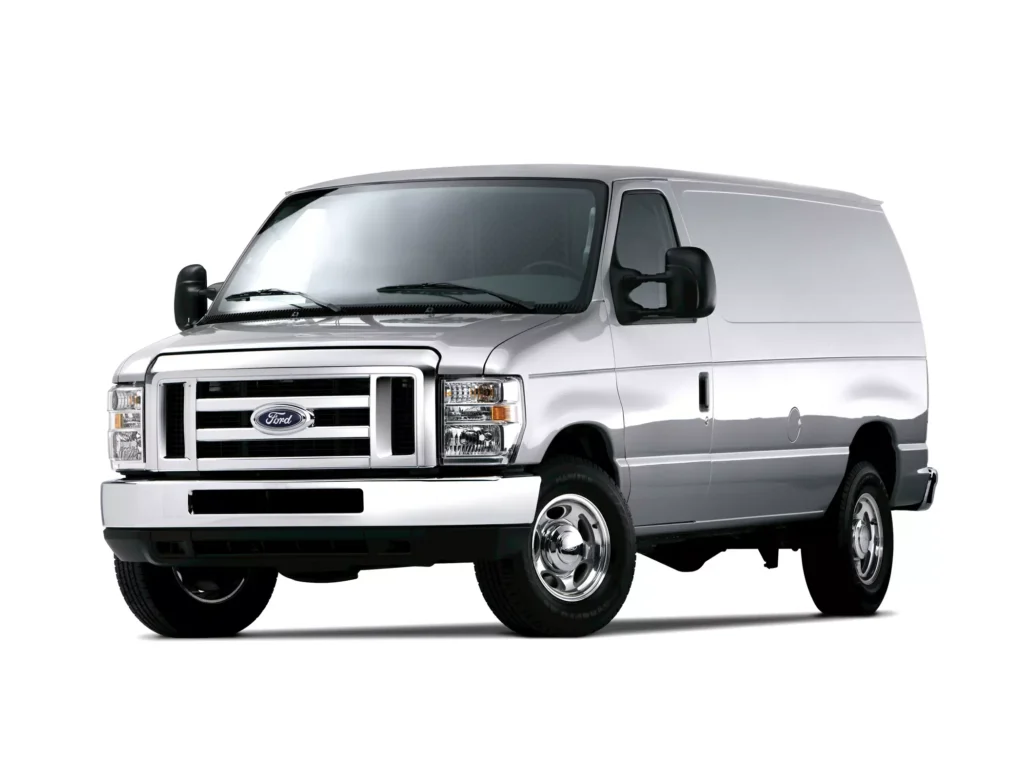
Emission control systems in diesel engines.
Emission control systems in diesel engines include components like catalytic converters, diesel particulate filters (DPF), and selective catalytic reduction (SCR). These systems work together to reduce harmful pollutants such as nitrogen oxides (NOx) and particulate matter from the exhaust.
Also read: Ford Vehicle Tracking Not Working: Troubleshooting Guide
Catalytic converters in diesel models.
Catalytic converters in diesel models help reduce harmful gases like nitrogen oxides and hydrocarbons. They are part of the exhaust system and often work with diesel particulate filters (DPF) to meet strict emission standards and improve environmental performance.
Differences from gasoline engines.
Diesel engines differ from gasoline engines in how they burn fuel and manage emissions. Diesel engines use compression ignition and often require additional systems like diesel particulate filters and selective catalytic reduction to meet emission standards, unlike gasoline engines.
Diagnosing Catalytic Converter Problems
Signs of a failing catalytic converter.
Signs of a failing catalytic converter include reduced engine performance, strange exhaust smells, increased fuel consumption, rattling noises under the vehicle, and the check engine light turning on. These issues indicate the converter may need inspection or replacement.
Common causes of failure.
Common causes of catalytic converter failure include engine misfires, oil or coolant leaks into the exhaust, clogged filters from carbon buildup, and physical damage from road debris. These issues can block airflow and reduce the converter’s efficiency.
Replacing a Catalytic Converter in a Ford E-350
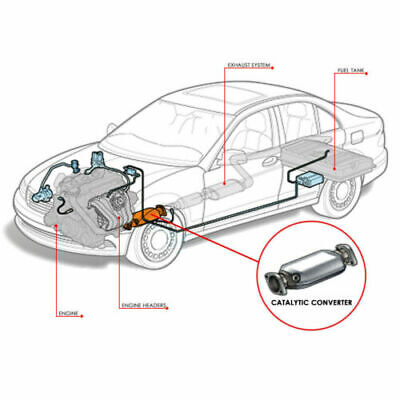
Cost of replacement.
The cost of replacing a catalytic converter typically ranges from $1,000 to $2,500, depending on the vehicle model and labor charges. Factors like the type of converter (OEM or aftermarket) and location can affect the overall price.
Steps involved in replacing a catalytic converter.
Replacing a catalytic converter involves lifting the vehicle, removing the old part, and installing a new one. The exhaust pipes are disconnected, and any sensors attached to the converter are reconnected. Finally, the system is checked for leaks or errors.
Choosing between OEM and aftermarket parts.
When choosing between OEM (original equipment manufacturer) and aftermarket parts, OEM parts are usually more reliable and fit exactly, but they tend to be more expensive. Aftermarket parts are cheaper and may vary in quality, so research is important.
Legal and Environmental Considerations
Regulations on catalytic converter removal or modification.
Regulations on catalytic converter removal or modification are strict in many countries. Removing or modifying it can lead to fines and failed emissions tests. These actions increase harmful emissions, making the vehicle illegal to drive in some areas.
Environmental benefits of functional catalytic converters.
Functional catalytic converters help reduce harmful emissions like carbon monoxide, nitrogen oxides, and hydrocarbons. By converting these pollutants into less harmful substances, they improve air quality and help vehicles meet environmental standards, benefiting both the planet and public health.
Risks of driving without one.
Driving without a seatbelt is dangerous. In an accident, it raises the possibility of death or severe harm. You can also be subject to fines and other repercussions. Seatbelts help protect your body by preventing you from being thrown around or out of the vehicle.
Maintenance Tips for Catalytic Converters
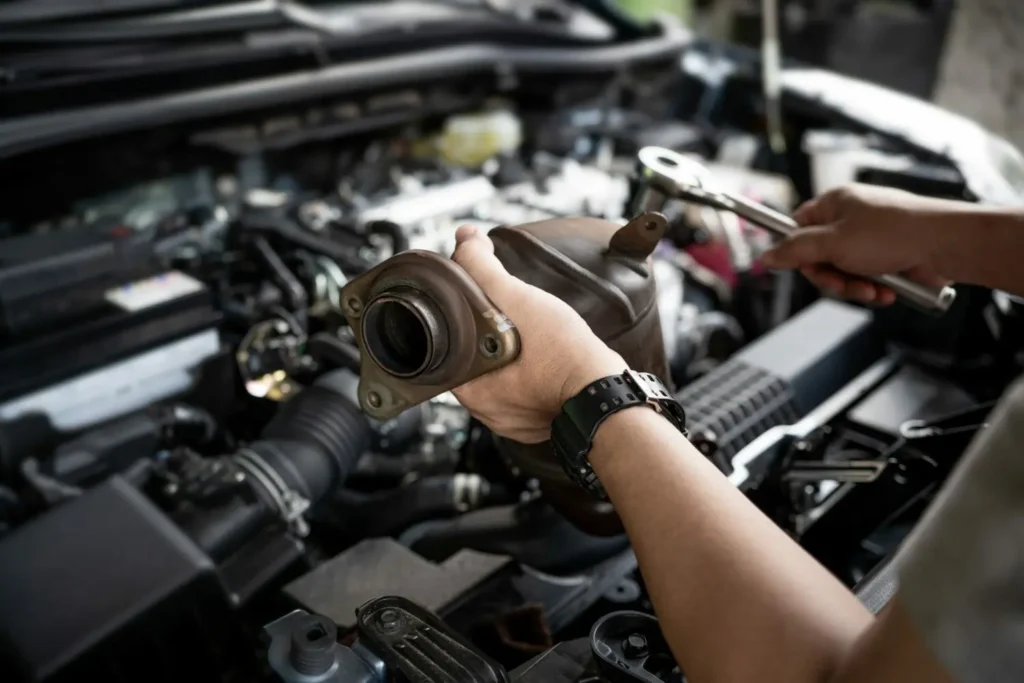
How to make your catalytic converter last longer.
To extend the life of your catalytic converter, keep your engine running smoothly. Regularly check for engine problems, avoid rough driving, and fix any exhaust leaks. Additionally, avoid quick journeys that prevent the engine from warming up and change your oil on a regular basis.
Also read: Ford SYNC Microphone Not Working: A Comprehensive Guide 2024!
Best practices for E-350 owners.
For E-350 owners, regular maintenance is key. Maintain routine tire checkups, brake inspections, and oil changes. Monitor fluid levels and clean the vehicle often. Pay attention to warning lights and fix issues early to avoid costly repairs.
Importance of routine inspections.
Routine inspections are important for keeping vehicles and equipment in good condition. They help catch small problems before they become big issues, ensuring safety and preventing costly repairs. Regular checks improve performance and extend the life of your vehicle or machinery.
Conclusion
In conclusion, the Ford E-350 typically has two catalytic converters, helping to reduce harmful emissions. Regular maintenance, timely repairs, and proper inspections are important to keep the system functioning well. Ensuring your catalytic converters are in good condition is essential for vehicle performance, safety, and environmental protection.
FAQs
How do I know if my Ford E-350’s catalytic converter is failing?
If your Ford E-350’s catalytic converter is failing, you may notice poor engine performance, strange noises, or a decrease in fuel efficiency.
Can I drive my Ford E-350 without a catalytic converter?
You can drive your Ford E-350 without a catalytic converter, but it’s not recommended. It can cause engine problems, reduce performance, and increase harmful emissions. It’s also illegal in many places.
How much does it cost to replace a catalytic converter on an E-350?
Replacing a catalytic converter on an E-350 can cost between $1,000 and $2,500, depending on the model and labor charges. Prices may vary based on location and whether it’s an original or aftermarket part.
Do all Ford E-350 models have the same number of catalytic converters?
No, not all Ford E-350 models have the same number of catalytic converters. The number can vary depending on the engine type and whether the vehicle is a gas or diesel model.
What are the environmental impacts of a missing or malfunctioning catalytic converter?
A missing or malfunctioning catalytic converter increases harmful emissions like carbon monoxide and nitrogen oxides.
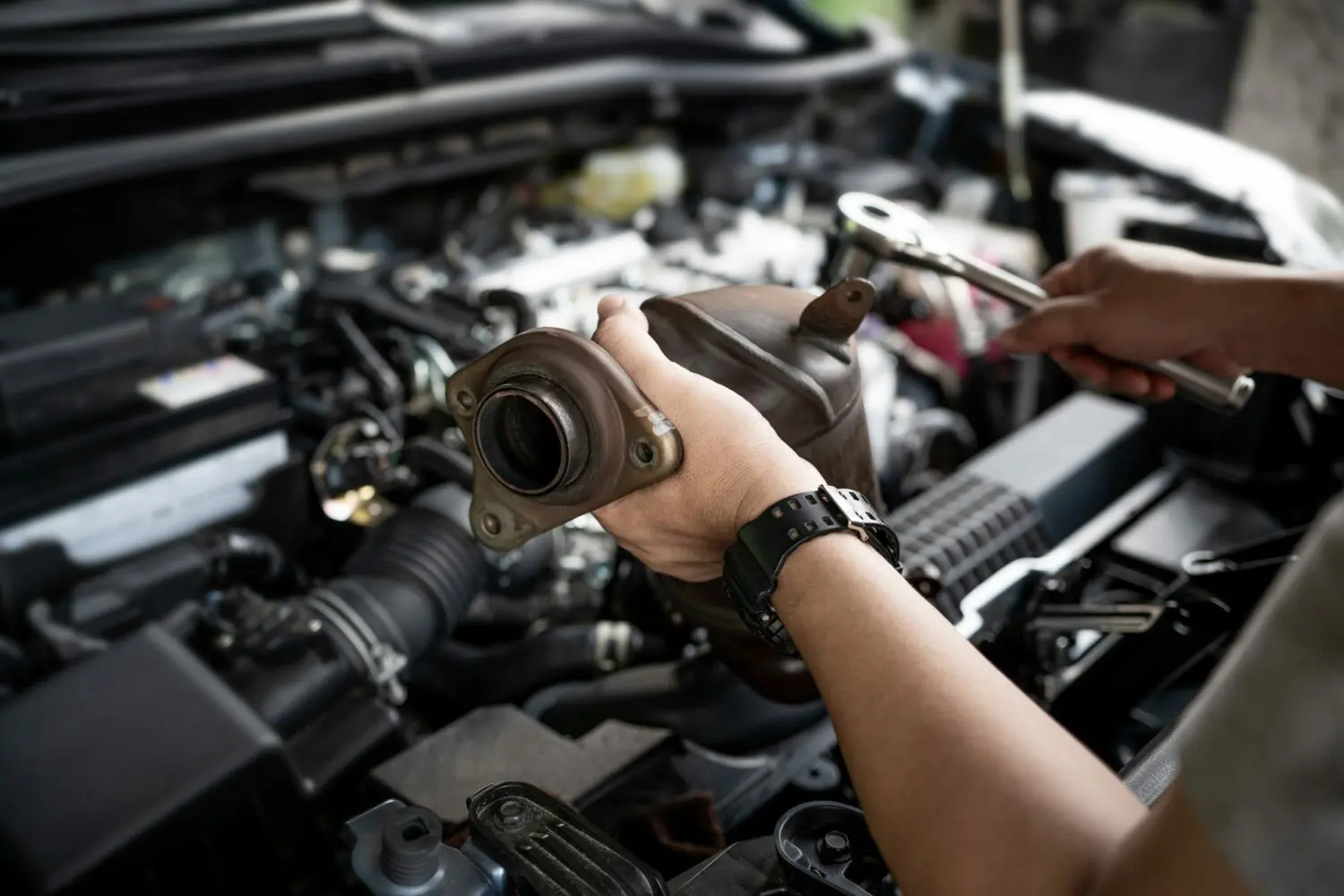


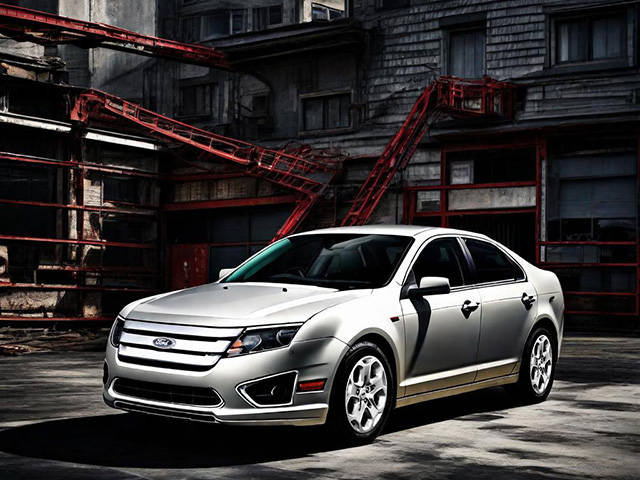

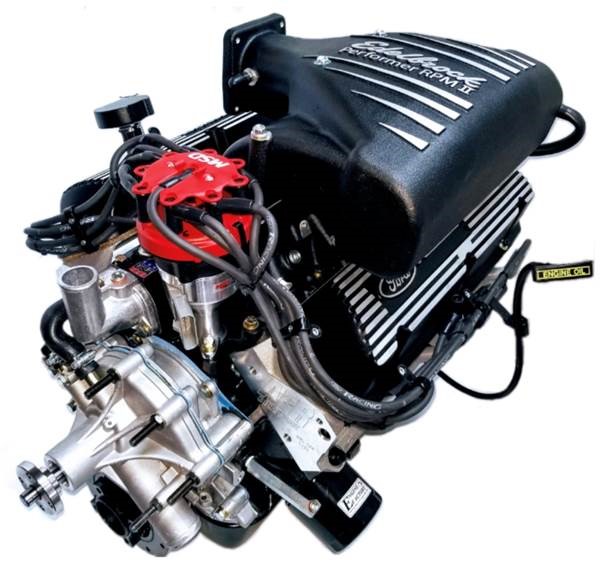

One Comment